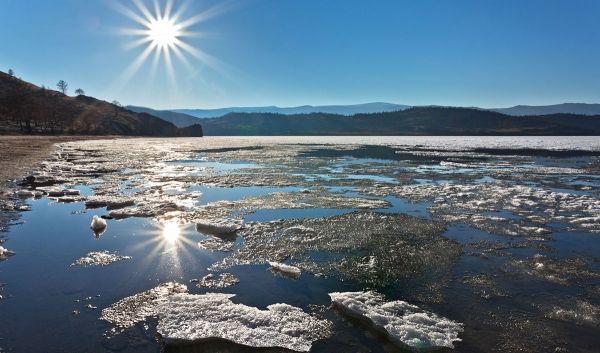Global lake evaporation will increase 16 percent by the end of the century as a consequence of climate change, a new Yale study finds. But the specific mechanisms that will drive that phenomenon are not quite what scientists expected.
While it is commonly believed that lake evaporation is controlled primarily by incoming solar radiation, the researchers used modeling tools to show that other factors — from shorter ice periods to a “reallocation” of heat energy at lake surfaces — are accelerating the loss of lake water into the atmosphere.
Global lake evaporation will increase 16 percent by the end of the century as a consequence of climate change, a new Yale study finds. But the specific mechanisms that will drive that phenomenon are not quite what scientists expected.
While it is commonly believed that lake evaporation is controlled primarily by incoming solar radiation, the researchers used modeling tools to show that other factors — from shorter ice periods to a “reallocation” of heat energy at lake surfaces — are accelerating the loss of lake water into the atmosphere.
In practical terms this accelerated rate of evaporation over the coming decades will, among other outcomes, trigger stronger precipitation events, researchers say.
According to these findings, published in the journal Nature Geoscience, understanding these complex dynamics will be critical if scientists are to accurately predict the future hydrological response to climate change.
“Typically we focus on the ‘top-down’ ways that the upper part of the atmosphere triggers feedbacks that enhance warming,” said Xuhui Lee, a professor of meteorology at the Yale School of Forestry & Environmental Studies and senior author of the paper. “But if we want to make accurate predictions of the hydrological changes we’ll need to understand what’s happening at the bottom of the atmosphere, including what’s happening at the surface of lakes. Because those changes are driving the hydrological response to climate change.”
Read more at Yale School of Forestry & Environmental Studies
Image Credit: Yale School of Forestry & Environmental Studies




